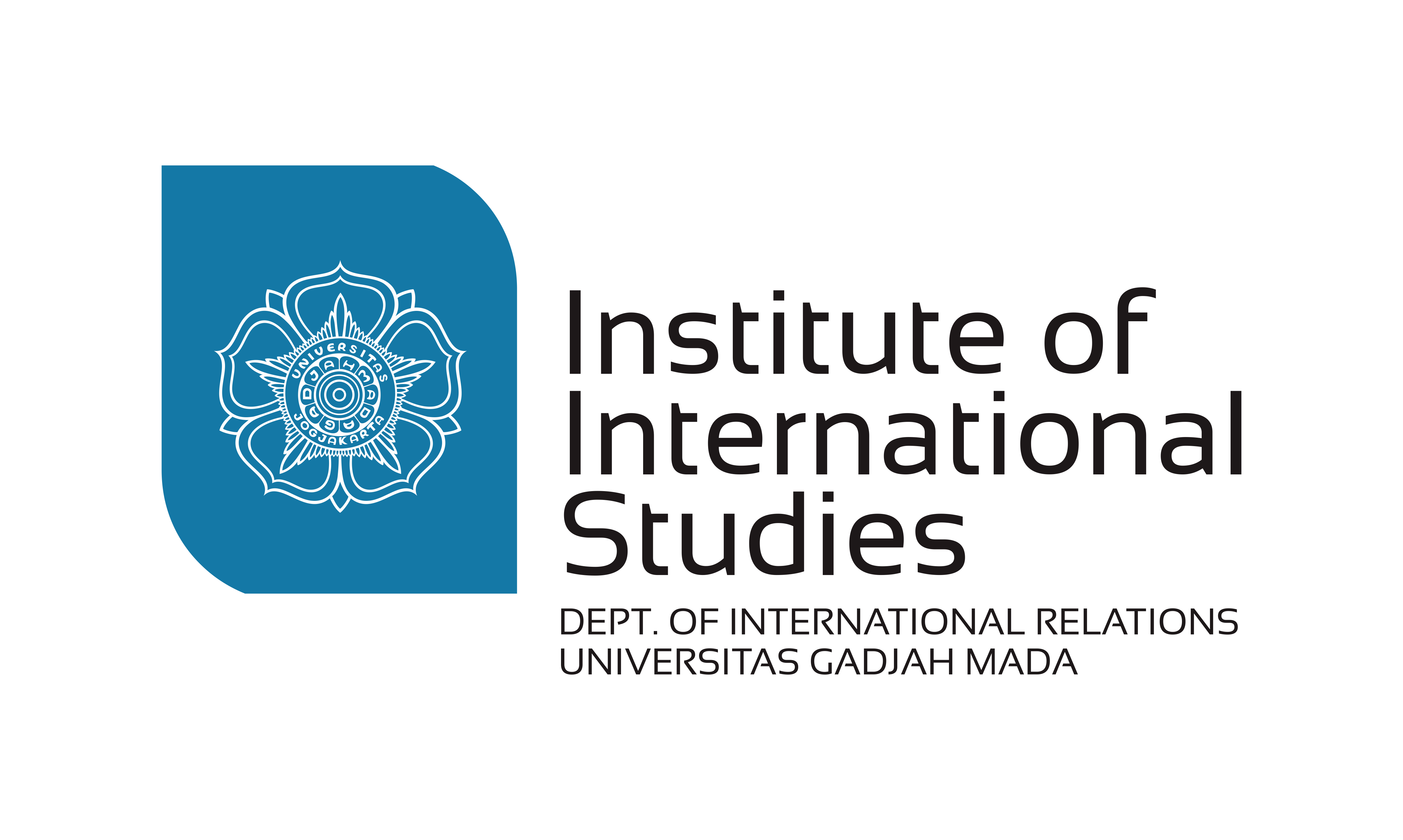As if the COVID-19 crisis is not enough, Jakarta is now also facing another flood catastrophe. Most recently, flooding affected around 200 neighborhood units (RT) and forced more than 1,000 people to evacuate their homes.
Indonesia is currently facing a series of disasters including floods, landslides, whirlwinds and extreme droughts in some parts of the country. According to the National Disaster Mitigation Agency (BNPB), the number of disasters has nearly tripled in the past five years from around 1,664 in 2015 to 3,023 in 2020.
Of course the usual culprit of these disasters is climate change, which according to Prof. Edvin Aldrian of the Agency for the Assessment and Application of Technology (BPPT) is caused by environmental changes and degradation within and without the country.
While it is not untrue, there is more than meets the eye: it is the failure of urban water planning and governance which has contributed to Jakarta’s persistent flooding. Overlooking the root causes will not only undermine the deeper issue, but also shift the attention to quick and temporary technological fixes that only exacerbate the environmental catastrophe.
The flooding in Jakarta this year was timely as Vox, a US media outlet, published a video report on Jakarta’s environmental crisis, which has caused the city to sink as fast as 25 centimeters annually. The report associates this crisis with Dutch-inherited segregated water infrastructure, massive groundwater exploitation and rapid urban development leading to a proliferation of concrete that prevents rainwater from replenishing water lost from the city’s aquifer layers.
These issues, however, cannot be solved with simple technological fixes. Rather they require a rearrangement of water governance that has proven to have failed to provide equal and sustainable access to the city’s population.
This failure is evident in three aspects: the exclusion of the urban poor from the governance process, the blurry lines between rights and responsibilities of the stakeholders, and the elite-centric decision-making process.
In an effort to do so, we can start by rethinking our water governance approach that currently focuses on the centralized water infrastructure to also incorporate a variety of everyday water practices. These have been chosen by people either because they are excluded from the network or because their access is limited due to the weak water pressure, or the unreliable and low-quality supply of the available network.
The reality of water governance in Jakarta is not reflected in the networked infrastructure that only covers 65 percent of the population with the majority of customers coming from middle to lower income households. Considering service unreliability that is not consistent with constant tariff increases, even those who are connected also fulfill their water needs either from groundwater, rainwater harvesting or bottled water.
According to the report from Amrta Institute, more than 60 percent of the city’s water needs are fulfilled by groundwater, which serves nearly two-thirds of the city’s water consumption, or around 630 million cubic metre out of 1 billion m3/year.
Unfortunately, the discussion on Jakarta’s water governance has been biased toward the centralized infrastructure, which is problematic for three main reasons. First, it reinforces a legacy of the colonial government water development planning, which is socially and geographically fragmented. This has inherently prevented the urban poor, especially those who live in informal settlements, from both accessing the piped water infrastructure and participating in the governance process.
Second, centralized piped water infrastructure is often used as a justification for private sector participation due the government’s lack of capacity to fund capital costs. However, as evident in Jakarta, neither public nor private operators have successfully ensured adequate and sustainable water service provision for the population, even those who adhere to pro-poor initiatives.
Lastly, the focus on centralized infrastructure promotes the development of big-infrastructural projects as a band-aid for the environmental catastrophe while neglecting the underlying issue of water governance failure. For example, the construction of a USD$40 billion giant sea wall to prevent seawater from overflowing into the already sinking city does not address the underlying problems and often comes at a cost of forced eviction of many informal settlements which burdens the already excluded urban poor.
Thus, there is a need to look beyond the networked water infrastructure by considering everyday water practices in which people interact within and outside the centralized infrastructure. Such practices include buying water from neighbors, collecting water from public stand-pipes, purchasing from pushcart vendors and extracting groundwater from shallow or deep wells.
Looking at these everyday practices will allow us to unveil the different manifestations of water inequalities in terms of distribution, recognition and participation. For example, research by Kooy and Furlong in 2018 found that over-abstraction of groundwater in rich neighborhoods has led to salinization of shallow groundwater and land-subsidence in poor neighborhoods, exposing the urban poor to higher risk of flooding and poorer water quality.
Equally important, paying attention to everyday water practices will not only allow us to understand the different manifestations of urban water inequality but also enable us to capture local knowledge and practices that have been filling the gap left by the centralized water infrastructure. This will counter the disempowering image of the urban poor as a passive recipient or victim of Jakarta’s unequal water governance.
This article does not seek to diminish the importance of centralized piped water infrastructure or the urgency for people to be connected to a piped water source, instead it seeks to highlight the need to look beyond the centralized network in order to develop a more holistic understanding of Jakarta’s water governance.
Hopefully, this will lead to the creation of an inclusive and sustainable urban water governance that allows for more equitable access to water, increasing recognition and larger space for participation especially for marginalized communities including the poor in informal settlements, women, migrants and the disabled.
This article has been published by the Jakarta Post and can also be accessed via the following link: https://www.thejakartapost.com/paper/2021/02/26/its-time-to-rethink-jakartas-water-governance.html
Writer : Marwa
Editor : Angganararas Indriyosanti
